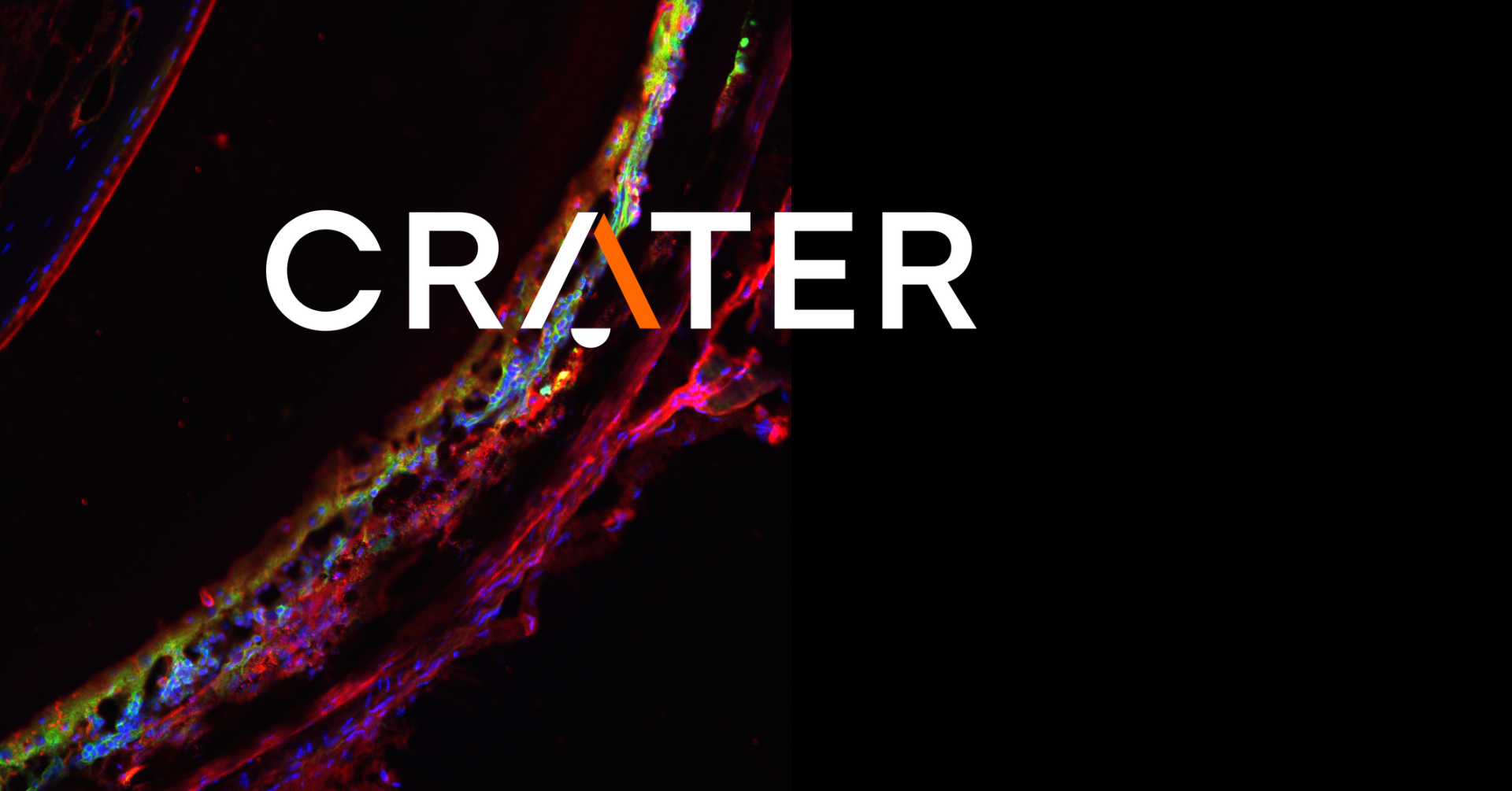The Conference on Recent Advances in Translational Eye Research 2023 (CRATER 2023) is a platform for all researchers, investors, and entrepreneurs whose interests focus on the eye, to meet and discuss frontiers of the research, commercialization, and translation of the studies. The first edition of the CRATER, prepared by members of the ICTER community, will be held in Warsaw on 7-8 September 2023 in Copernicus Science Center.
The conference will provide space for discussion between specialists from different fields who are united in their pursuit to understand better the challenges of eye imaging, the process of vision, and formation of eye diseases. During this international and interdisciplinary event, participants will discuss frontiers of research on new methods and tools enabling diagnosis and treatment of eye diseases and also ideas on how to facilitate rapid implementation of new eye therapies.
The conference is chaired by Andrew Dick (Institute of Ophthalmology University College of London, UK), Krzysztof Palczewski (University of Irvine, USA) and Maciej Wojtkowski (International Centre for Translational Eye Research, Poland). Their work is supported by the International Scientific Committee comprising luminaries of the eye-related research community: Pablo Artal, Chris Dainty, Francesca Fanelli, Arie Gruzman, Alison Hardcastle, Karl-Wilhelm Koch, Serge Picaud and Olaf Strauss.
Detailed information on the conference’s, including a list of invited speakers, is available on the conference webpage – crater.icter.pl.
Registration for the Conference on Recent Advances in Translational Eye Research 2023 which is organised by ICTER is already open, with early registration fee available until 30 June 2023. You can contribute to the program and present your research results – the call for abstracts is open until 13 May 2023 (extended deadline).


